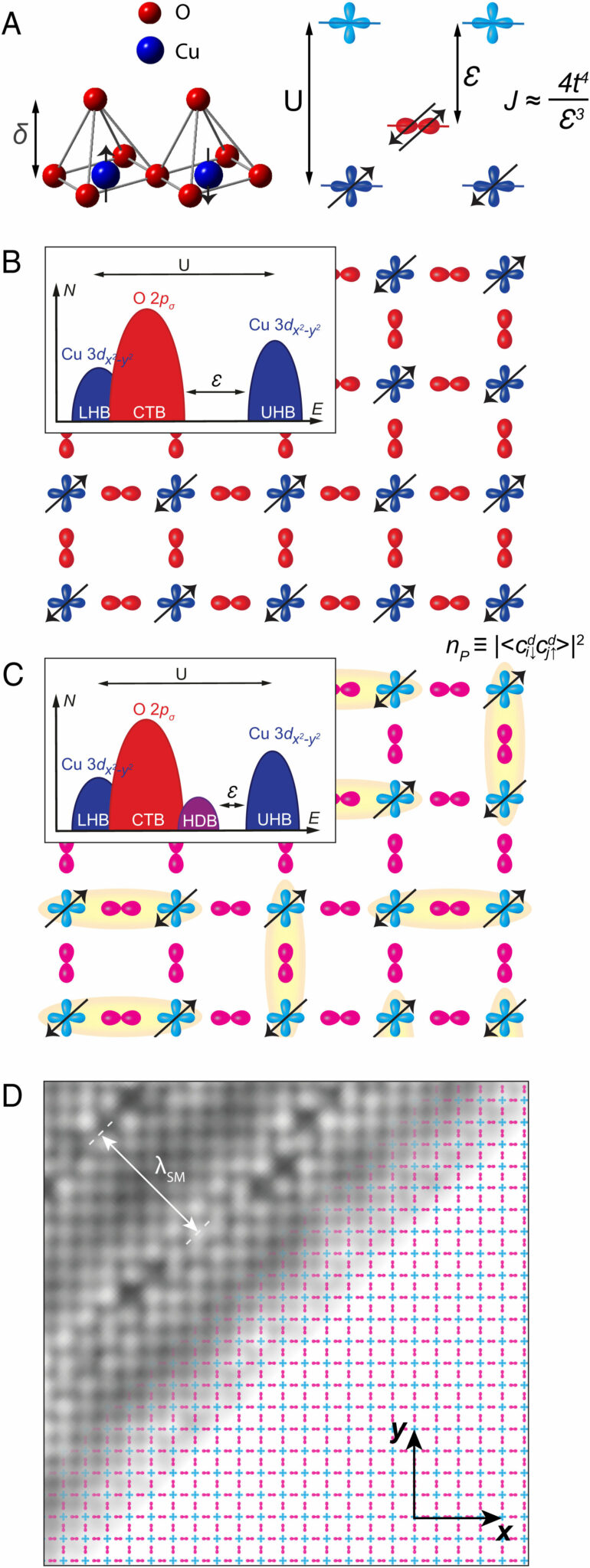Today, an international team of researchers led by Séamus Davis, Professor of Physics at the University of Oxford and University College Cork, has announced results that reveal the atomic mechanism behind high-temperature superconductors. The findings are published in PNAS.
Superconductors are materials that can conduct electricity with zero resistance, so that an electric current can persist indefinitely. These are already used in various applications, including MRI scanners and high-speed maglev trains, however superconductivity typically requires extremely low temperatures, limiting their widespread use. A major goal within physics research is to develop super conductors that work at ambient temperatures, which could revolutionize energy transport and storage.
Certain copper oxide materials demonstrate superconductivity at higher temperatures than conventional superconductors, however the mechanism behind this has remained unknown since their discovery in 1987.
To investigate this, an international team involving scientists in Oxford, Cork in Ireland, the U.S., Japan, and Germany, developed two new microscopy techniques. The first of these measured the difference in energy between the copper and oxygen atom orbitals, as a function of their location. The second method measured the amplitude of the electron-pair wave function (the strength of the superconductivity) at every oxygen atom and at every copper atom.
“By visualizing the strength of the superconductivity as a function of differences between orbital energies, for the first time ever we were able to measure precisely the relationship required to validate or invalidate one of the leading theories of high-temperature superconductivity, at the atomic scale,” said Professor Davis.
As predicted by the theory, the results showed a quantitative, inverse relationship between the charge-transfer energy difference between adjacent oxygen and copper atoms and the strength of the superconductivity.
According to the research team, this discovery could prove a historic step towards developing room-temperature superconductors. Ultimately, these could have far-reaching applications ranging from maglev trains, nuclear fusion reactors, quantum computers, and high-energy particle accelerators, not to mention super-efficient energy transfer and storage.
In superconductor materials, electrical resistance is minimized because the electrons that carry the current are bound together in stable “Cooper pairs.” In low-temperature superconductors, Cooper pairs are held together by thermal vibrations, but at higher temperatures these become too unstable. These new results demonstrate that, in high-temperature superconductors, the Cooper pairs are instead held together by magnetic interactions, with the electron pairs binding together via a quantum mechanical communication through the intervening oxygen atom.
Professor Davis added that “this has been one of the Holy Grails of problems in physics research for nearly 40 years. Many people believe that cheap, readily available room-temperature superconductors would be as revolutionary for the human civilization as the introduction of electricity itself.”
More information:
Shane M. O’Mahony et al, On the electron pairing mechanism of copper-oxide high temperature superconductivity, Proceedings of the National Academy of Sciences (2022). DOI: 10.1073/pnas.2207449119
Provided by
University of Oxford
Citation:
Key advance in physics research could help enable super-efficient electrical power (2022, September 7)



